Blackeyed Susan Vine Companion Plants That Will Make Your Garden Pop
Black-Eyed Susan Vine Companion Plants That Will Make Your Garden POP
Black-eyed Susan vines are a beautiful and versatile addition to any garden. They can be grown in hanging baskets, trellises, or even as groundcover. But what if you want to take your garden to the next level? By planting companion plants with your black-eyed Susan vines, you can create a truly stunning display.
In this blog post, we will discuss some of the best companion plants for black-eyed Susan vines. We will also talk about why companion planting is important and how to choose the right plants for your garden.
Why Companion Planting Is Important
Companion planting is the practice of planting different types of plants together to benefit each other. There are many reasons why companion planting is important. For one, it can help to attract beneficial insects and pollinators. These insects can help to control pests and improve pollination, which can lead to healthier plants and more flowers.
Companion planting can also help to improve the soil. Some plants, such as legumes, can fix nitrogen in the soil, which can help to improve fertility. Other plants, such as marigolds, can help to repel pests.
Choosing the Right Companion Plants
When choosing companion plants for your black-eyed Susan vines, there are a few things to keep in mind. First, you want to choose plants that have similar growing conditions. Black-eyed Susan vines prefer full sun and well-drained soil. So, you will want to choose companion plants that also have these requirements.
Second, you want to choose plants that will complement the colors of your black-eyed Susan vines. If you have yellow black-eyed Susan vines, you might want to choose companion plants with blue or purple flowers. This will create a striking contrast.
Finally, you want to choose plants that will benefit each other. For example, you might want to plant marigolds near your black-eyed Susan vines. Marigolds can help to repel pests, which can help to keep your black-eyed Susan vines healthy.
Some of the Best Companion Plants for Black-Eyed Susan Vines
Here are some of the best companion plants for black-eyed Susan vines:
- Marigolds: Marigolds are a great choice for companion plants because they can help to repel pests. They also have beautiful orange or yellow flowers that will complement the colors of your black-eyed Susan vines.
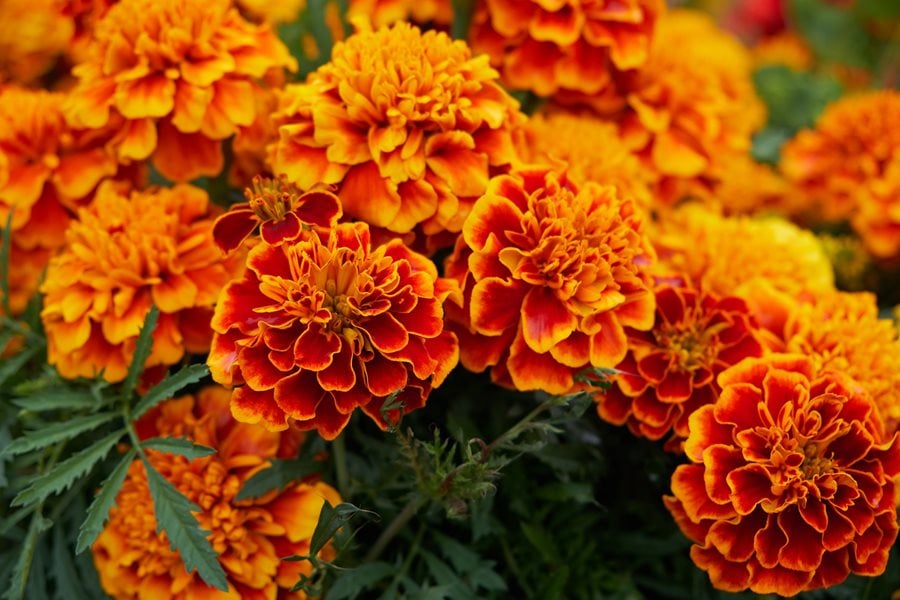
- Lavender: Lavender is a beautiful and fragrant plant that can help to attract beneficial insects. It also has a calming effect, which can be helpful if you have a busy garden.
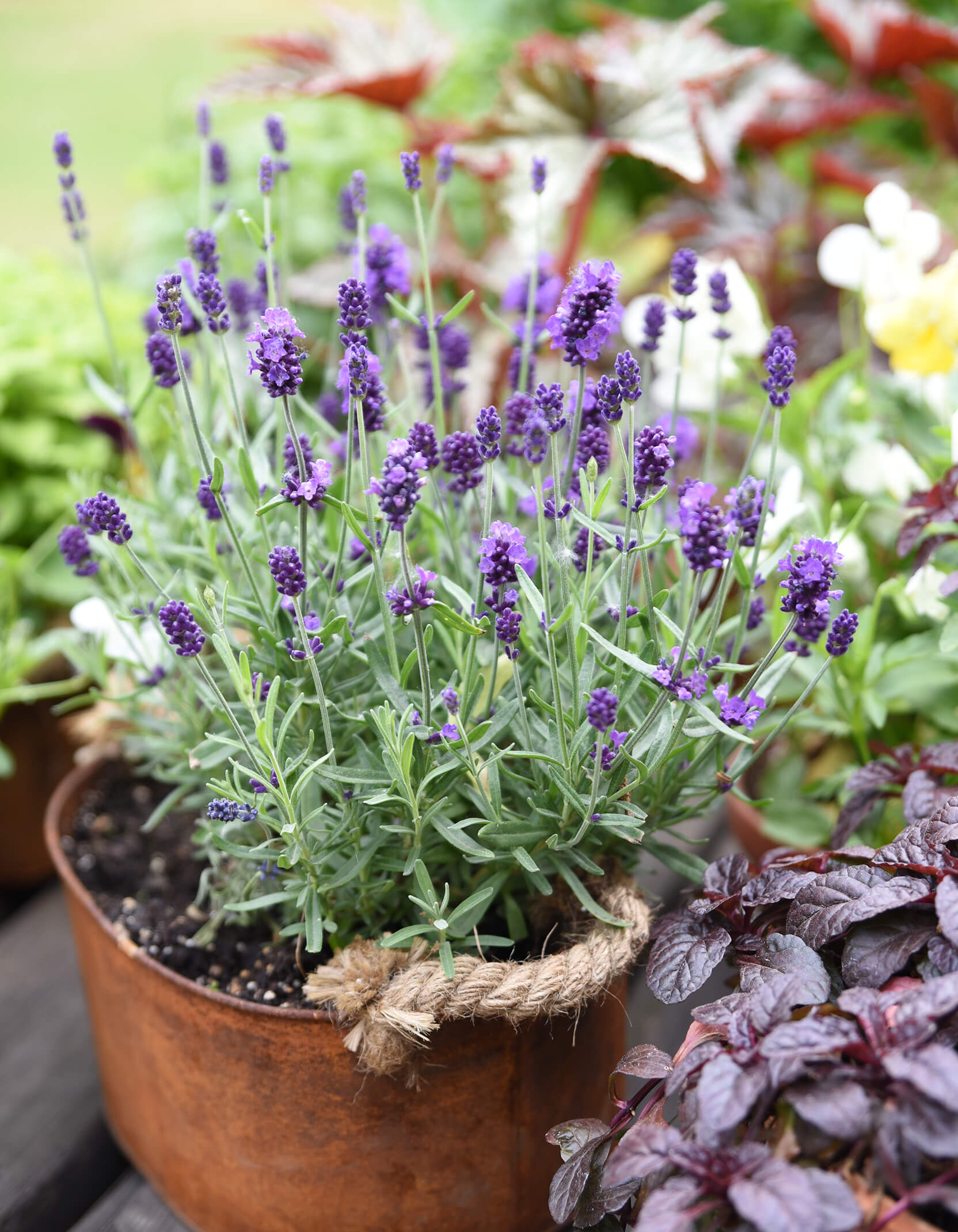
- Zinnia: Zinnias are a popular choice for companion plants because they come in a variety of colors. They also attract beneficial insects and pollinators.
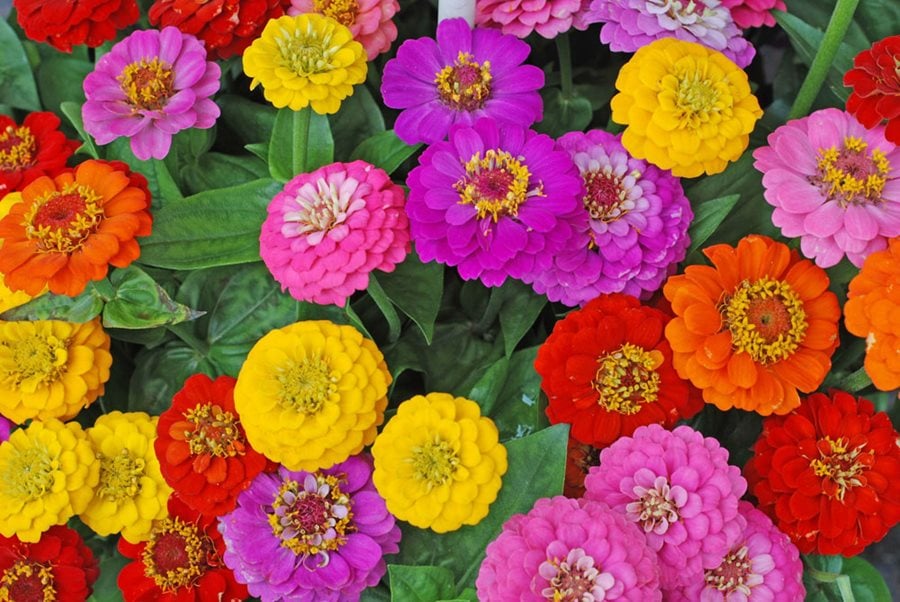
- Cosmos: Cosmos are another popular choice for companion plants. They come in a variety of colors and are easy to grow.
- Petunia: Petunias are a great choice for companion plants because they come in a variety of colors and are easy to care for. They also attract beneficial insects and pollinators.
- Calibrachoa: Calibrachoa is a type of petunia that is known for its cascading flowers. It is a great choice for hanging baskets or containers.
- Sweet Potato Vine: Sweet Potato Vine is a colorful and easy-to-grow vine that can be used to cover a trellis or fence. It is also a good choice for hanging baskets.
- Purple Hyacinth Bean: Purple Hyacinth Bean is a beautiful and vigorous vine that can grow up to 20 feet tall. It is a great choice for trellises or fences.

Conclusion
By planting companion plants with your black-eyed Susan vines, you can create a truly stunning display. Companion planting can also help to attract beneficial insects and pollinators, improve the soil, and protect your plants from pests. So, next time you are planning your garden, be sure to consider companion planting.
Black-eyed Susan vines are a beautiful addition to any garden, but they can be even more stunning when paired with the right companion plants. Here are a few of our favorites:
- Common yarrow: This hardy plant is a great companion for black-eyed Susans because it attracts pollinators and helps to deter pests. The white, red, and purple blooms of yarrow also complement the yellow flowers of black-eyed Susans beautifully.

- Lavender: Lavender is another great choice for companion plants for black-eyed Susans. The fragrant flowers of lavender help to repel pests, and the blue-purple hues of lavender complement the yellow flowers of black-eyed Susans perfectly.
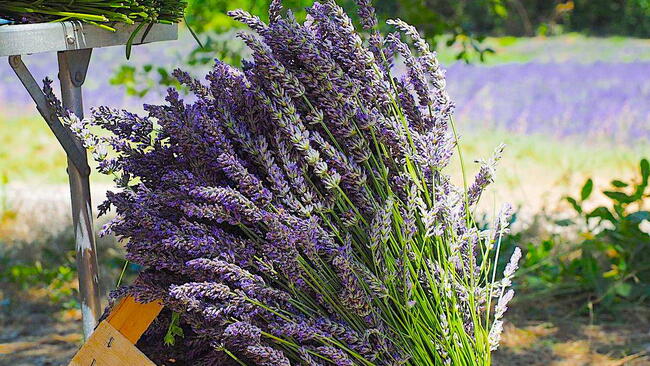
- Angelonia: Angelonia is a colorful annual that blooms from summer to fall. The bright pink, white, or purple flowers of angelonia add a touch of vibrancy to any garden, and they also attract pollinators.
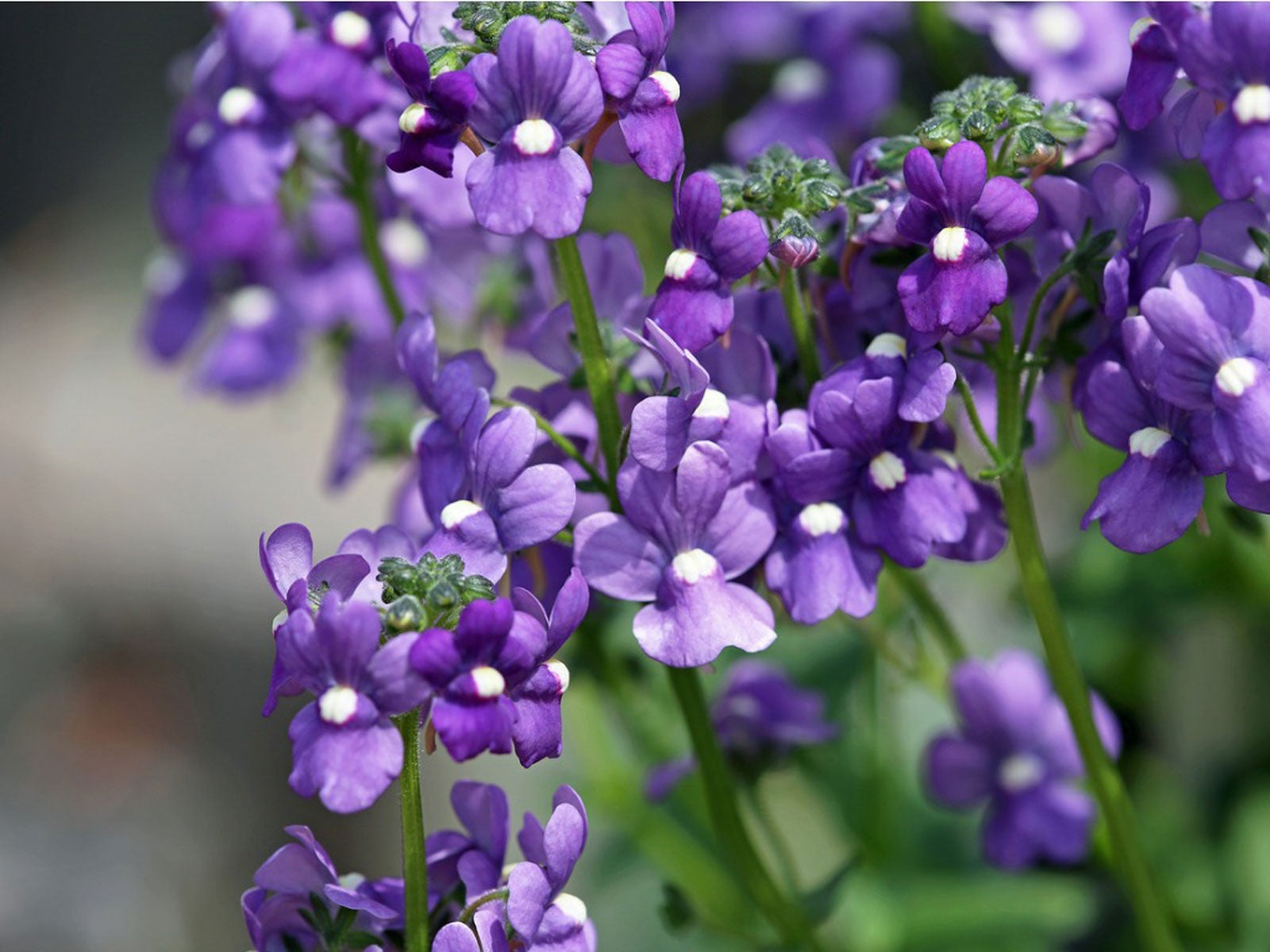
- Marigolds: Marigolds are another popular choice for companion plants for black-eyed Susans. The bright orange or yellow flowers of marigolds help to attract pollinators and deter pests.

- Bee balm: Bee balm is a native North American plant that is a favorite of pollinators. The red, pink, or purple flowers of bee balm bloom from summer to fall, and they make a beautiful addition to any garden.
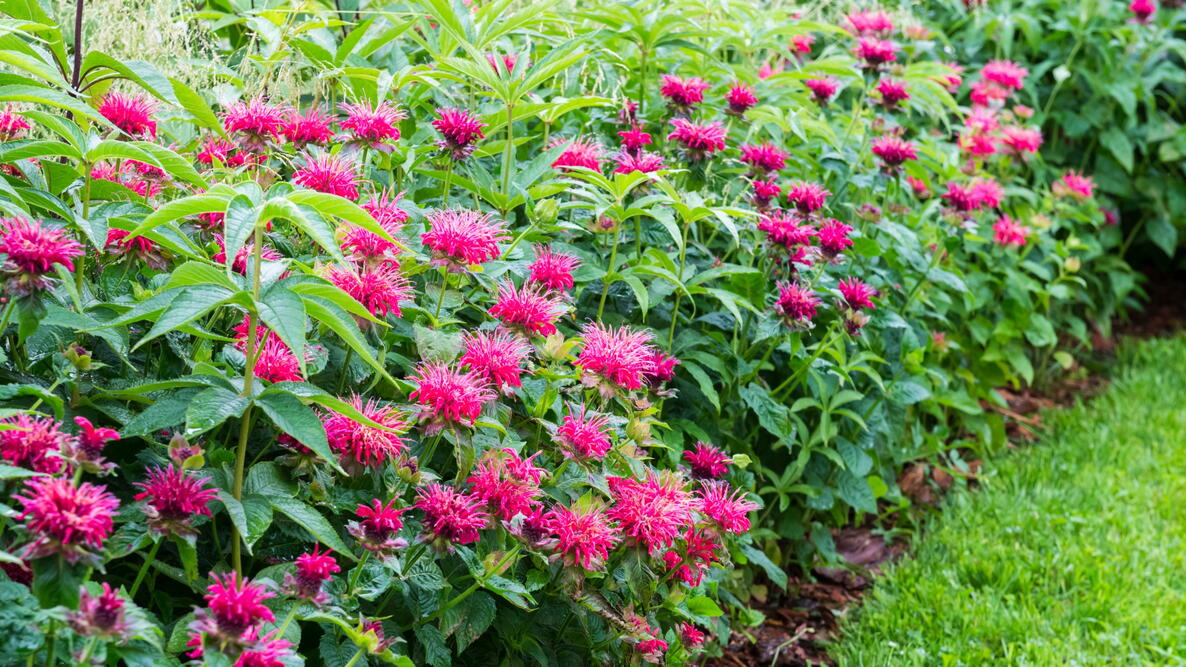
For more information about black-eyed Susan vine companion plants, please visit Gardenia Inspiration.
FAQ of black eyed susan vine companion plants
Q: What are some good companion plants for black eyed Susan vine?
A: Some good companion plants for black eyed Susan vine include:
- Marigolds: Marigolds are a classic companion plant for black eyed Susan vine. They help to deter pests and attract pollinators.
- Daisies: Daisies are another good companion plant for black eyed Susan vine. They have similar growing requirements and complement each other's colors.
- Salvia: Salvia is a beautiful and versatile plant that can add a pop of color to your garden. It also attracts pollinators and helps to deter pests.
- Purple hyacinth bean vine: Purple hyacinth bean vine is a fast-growing vine that can provide a stunning backdrop for your black eyed Susan vine. It also attracts pollinators.
- Morning glories: Morning glories are another fast-growing vine that can add a touch of whimsy to your garden. They also attract pollinators.
Q: What are the benefits of planting companion plants with black eyed Susan vine?
A: There are several benefits to planting companion plants with black eyed Susan vine. These include:
- Deterrent pests. Some companion plants, such as marigolds, can help to deter pests from your black eyed Susan vine.
- Attract pollinators. Other companion plants, such as daisies and salvia, can attract pollinators to your garden. This can help to improve the pollination of your black eyed Susan vine and other plants.
- Complement each other's colors. Some companion plants, such as purple hyacinth bean vine and morning glories, can complement the colors of your black eyed Susan vine. This can create a more visually appealing garden.
- Reduce competition for resources. Companion plants that have different growing requirements can help to reduce competition for resources between your black eyed Susan vine and other plants. This can help to improve the health and growth of your black eyed Susan vine.
Q: How many black eyed Susan vines should I plant in a planter?
A: The number of black eyed Susan vines you should plant in a planter will depend on the size of the planter. In a small planter, you may only want to plant one or two vines. In a larger planter, you may be able to plant up to four or five vines.
Q: Where is the best place to plant black eyed Susan vine?
A: Black eyed Susan vine is a sun-loving plant, so it is best to plant it in a location that receives full sun. It also prefers well-drained soil.
Q: What are some common problems with black eyed Susan vine?
A: Some common problems with black eyed Susan vine include:
- Pests: Black eyed Susan vine can be susceptible to pests such as aphids, spider mites, and whiteflies.
- Diseases: Black eyed Susan vine can also be susceptible to diseases such as powdery mildew and rust.
- Watering: Black eyed Susan vine is a drought-tolerant plant, but it will need to be watered regularly during hot, dry weather.
- Fertilizer: Black eyed Susan vine does not require a lot of fertilizer, but it may benefit from a light application of fertilizer in the spring.
Image of black eyed susan vine companion plants
Here are 5 different images of "black eyed susan vine companion plants" from Pinterest:
- Clematis: This vine is a great choice for companion plants because it blooms at the same time as black-eyed Susan vines. It also comes in a variety of colors, so you can choose one that complements the black-eyed Susans.

- Sweet Potato Vine: This vine is another good choice because it has colorful foliage that will add interest to your garden. It also blooms in the fall, so you'll have flowers for a longer period of time.
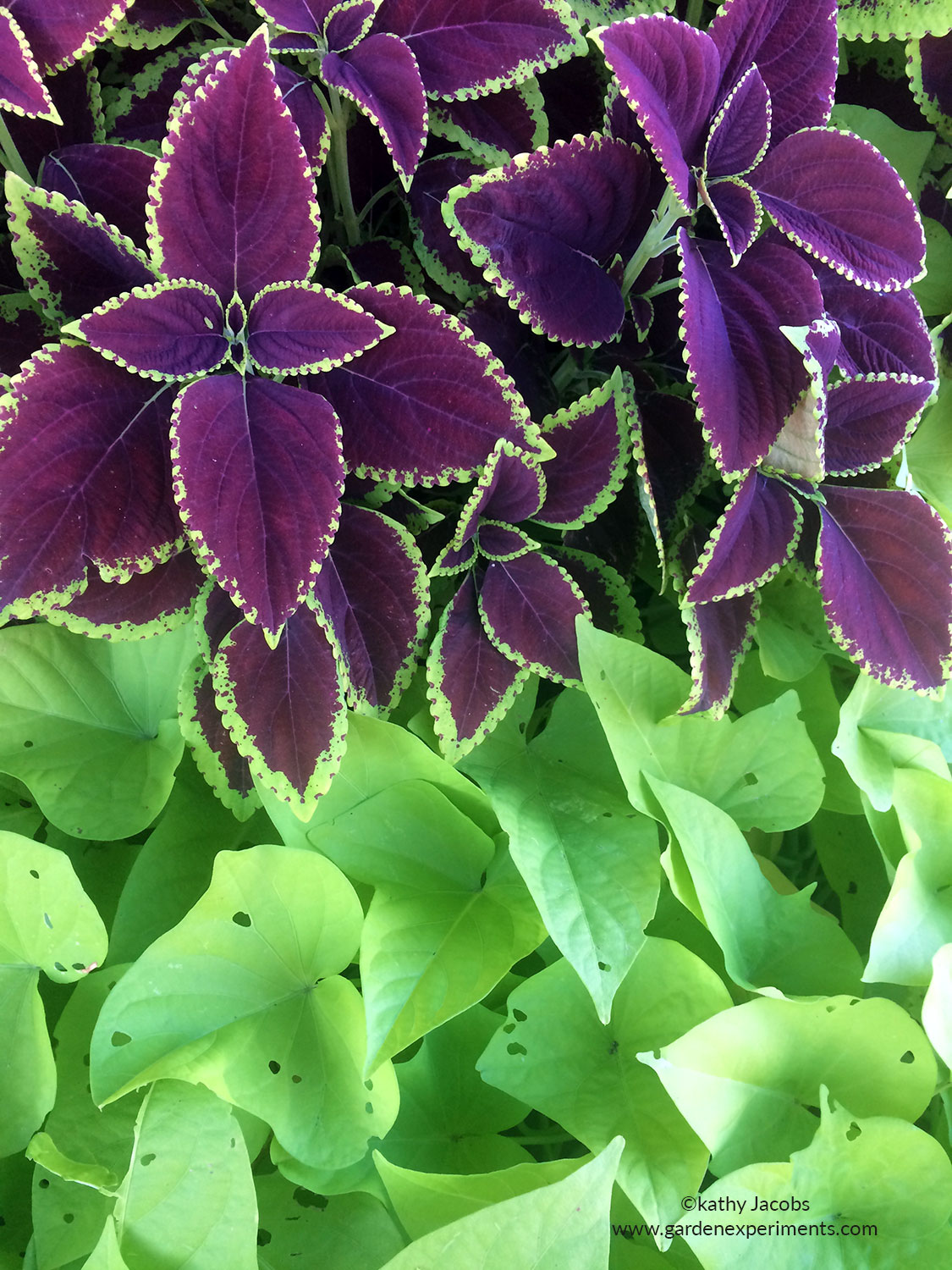
- Marigolds: Marigolds are a classic companion plant for black-eyed Susans. They help to deter pests and attract pollinators.

- Lavender: Lavender is a fragrant herb that will add a touch of elegance to your garden. It also blooms in the summer, so you'll have flowers for a long period of time.

- Zinnia: Zinnias are a colorful annual that blooms in the summer. They are a good choice for companion plants because they attract pollinators.
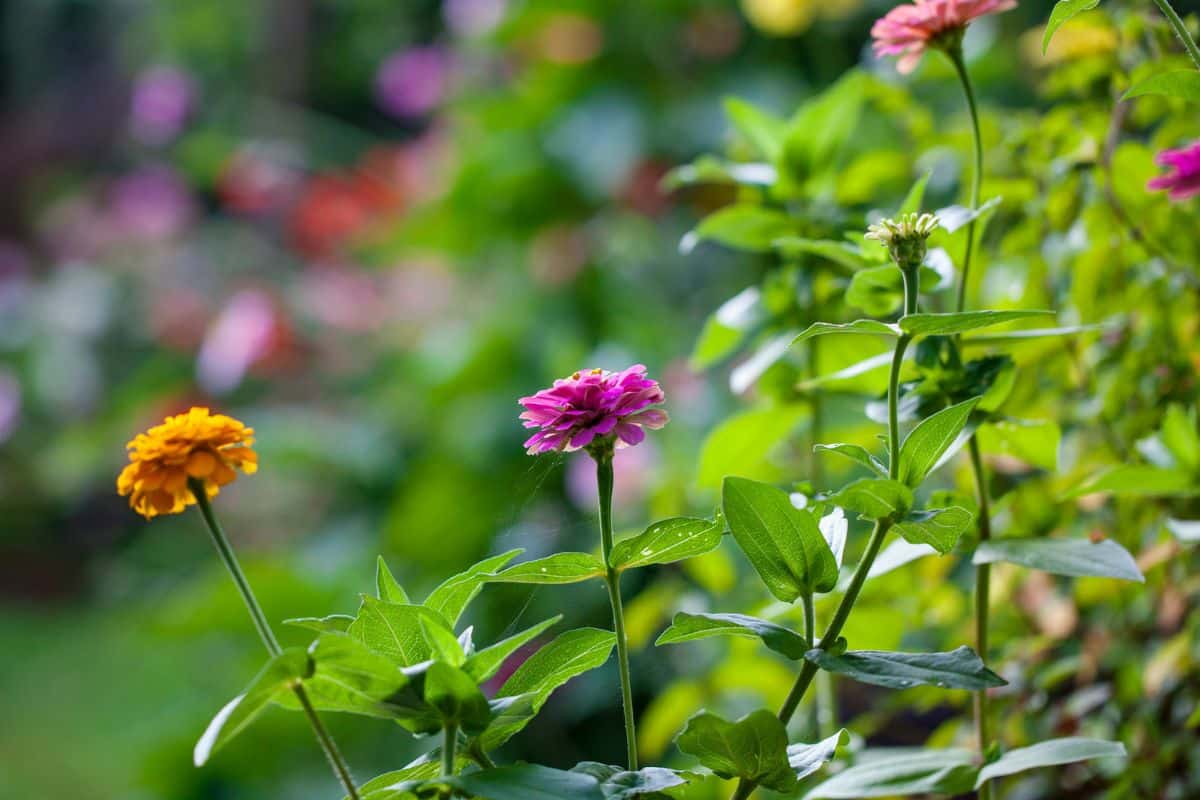
Post a Comment for " Blackeyed Susan Vine Companion Plants That Will Make Your Garden Pop"